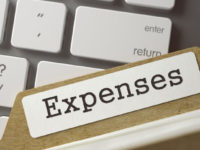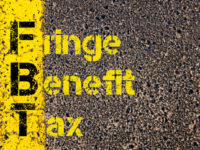It’s said that over 96 per cent of Australian businesses are small businesses, truly the “engine room of the economy.” Recognising the importance of small business to employment and innovation, our tax system has for many years offered a series of valuable tax-breaks to businesses which are classified as small. So, what exactly are the tax goodies available to your small business?
What is a small business?
First of all, what businesses actually qualify for the tax breaks?
Until 30 June 2016, a small business was classified as one with an annual aggregated turnover of less than $2 million. From 1 July 2016, it was announced that the threshold would increase to $10 million in respect of most – though sadly not all – of the tax breaks.
Small businesses have lower tax rates
Small companies are taxed at a lower tax rate than other companies. This is currently 27.5 per cent compared to 30 per cent for large companies.
Unincorporated small businesses receive a discount on the tax payable on their business income. This is currently set at eight per cent (or a maximum $1000).
$20k instant asset write-off
One of the best tax breaks for small business is the $20,000 instant asset write-off. This allows businesses to buy and instantly write-off any items of machinery or equipment for use in their business, provided the cost of the asset is less than $20,000. This could include motor vehicles, office furniture, and items of technology like laptops, mobile phones and tablets, plus kitchen equipment
Help for Capital Gains Tax
If you’re looking to exit your business, or simply sell a significant business asset, you need to be aware of the generous CGT concessions that exist for small businesses. There are four CGT concessions that may be available to eliminate or reduce capital gains made by a small business or its owners.
The 15-year exemption
Available where a taxpayer who is at least 55 years of age and is retiring disposes of a CGT asset that has been owned for a minimum of 15 years.
The retirement exemption
A taxpayer can shelter capital gains using the using the retirement exemption, up to a lifetime maximum of $500,000.
The 50 per cent active asset reduction
The capital gain arising from the disposal of a CGT asset may be discounted by 50 per cent (in addition to the normal 50 per cent discount).
The CGT rollover
A capital gain arising from the disposal of a CGT asset may be deferred provided a replacement asset is acquired within a two-year period – the gain is deferred until disposal of the replacement asset.
Mark Chapman, Tax Communication Director, H&R Block
















